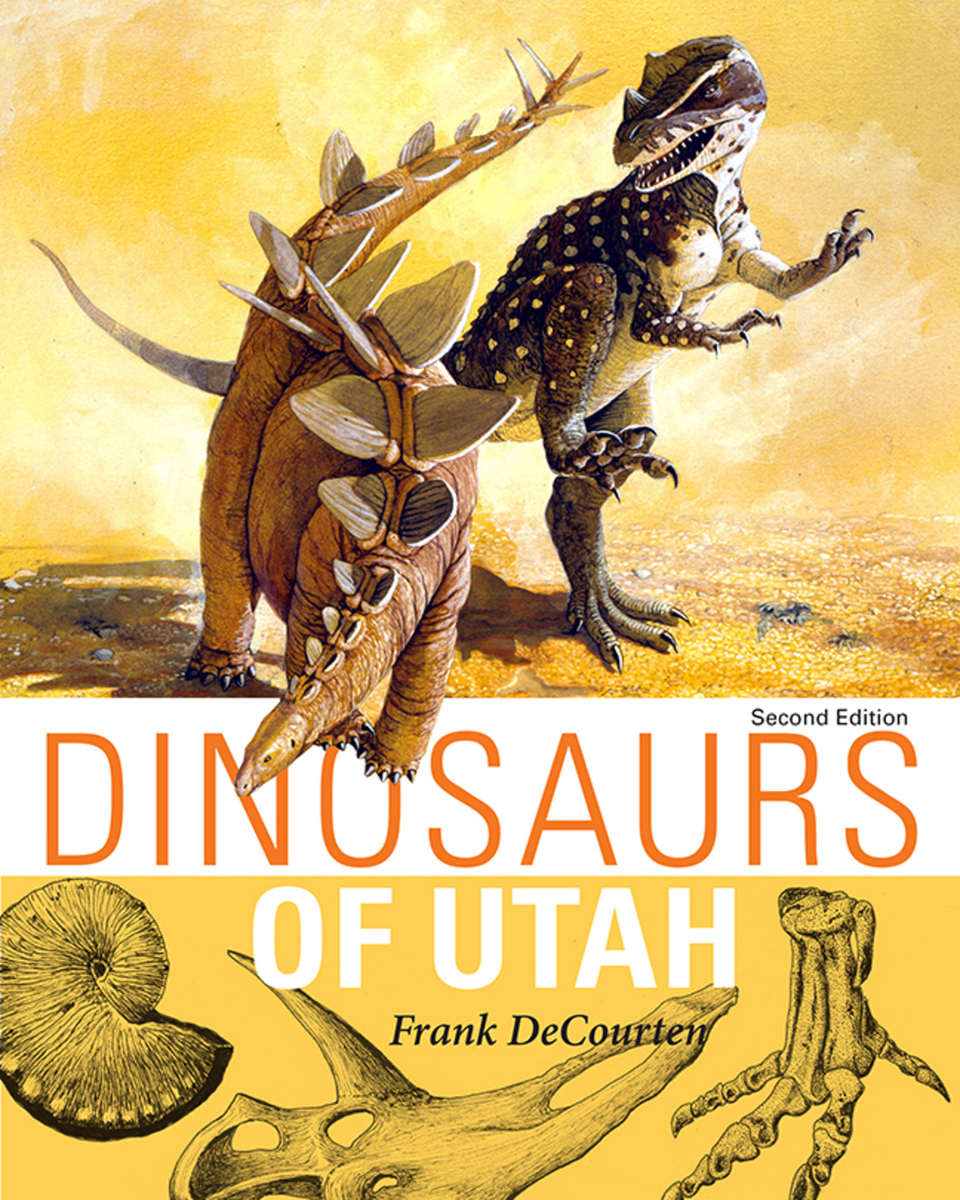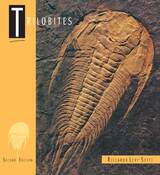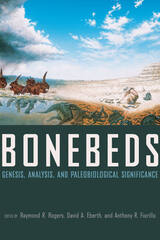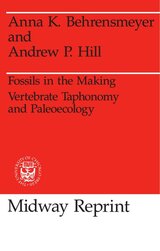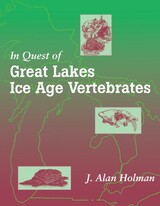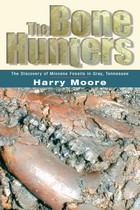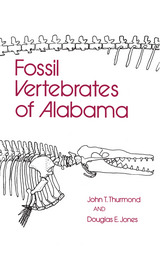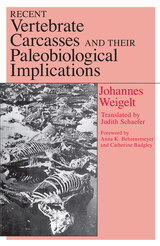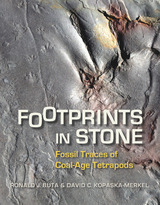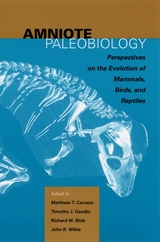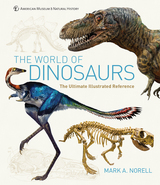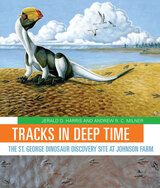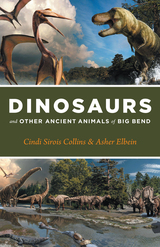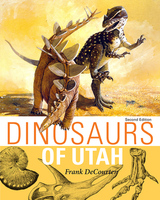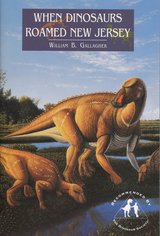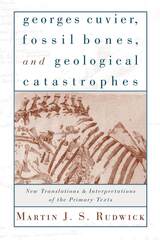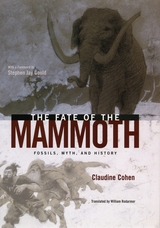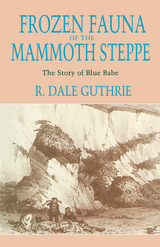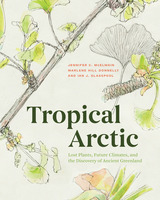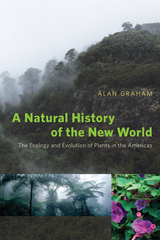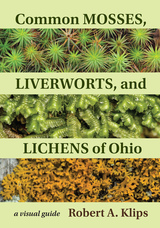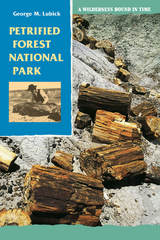Dinosaurs Of Utah: Second Edition
University of Utah Press, 2013
eISBN: 978-1-60781-265-4 | Cloth: 978-0-87480-556-7 | Paper: 978-1-60781-264-7
Library of Congress Classification QE862.D5D42 2013
Dewey Decimal Classification 567.909792
eISBN: 978-1-60781-265-4 | Cloth: 978-0-87480-556-7 | Paper: 978-1-60781-264-7
Library of Congress Classification QE862.D5D42 2013
Dewey Decimal Classification 567.909792
ABOUT THIS BOOK | AUTHOR BIOGRAPHY | REVIEWS | TOC | REQUEST ACCESSIBLE FILE
ABOUT THIS BOOK
Since the late 1800s, when professional fossil hunters vied with each other to bring the largest and most complete specimens to the museum market, Utah has been one of the most fertile grounds for dinosaur discovery. Because rock from the Mesozoic era covers more than 25,000 square miles in Utah, the state is a natural museum of the great age of dinosaurs. The presence of sites such as Dinosaur National Park and the Cleveland- Lloyd Dinosaur Quarry underline Utah’s ongoing paleontological significance. There are probably more paleontologists residing and working in Utah now than at any time in the past, and the state even has an official dinosaur, the Allosaurus.
Dinosaurs of Utah is an ambitious book bridging the gap between the voluminous technical literature on Utah’s Mesozoic era and the numerous publications that describe dinosaurs at the elementary level. “Utah” dinosaurs are presented here as part of the Mesozoic terrestrial ecosystems that evolved in the Colorado Plateau region and are discussed in the context of the changing landscapes, environments, and biota recorded in the geological record.
More than one hundred of author Frank DeCourten’s meticulous line drawings illustrate fossil remains and various features of dinosaur anatomy, as do five stunning paintings by Carel Brest van Kempen. More than forty color landscape photographs by John Telford and Frank DeCourten show modern geologic contexts in most parts of the state and emphasize the dynamic nature of the region’s geologic history. There is also a series of detailed maps, including several new to this edition, that show the tremendous topographical shifts that occurred within the Mesozoic era from the early Triassic to the late Cretaceous periods, a span of over 175 million years.
This second edition of Dinosaurs of Utah enlivens our understanding of these amazing vanished creatures by explaining them and their world to us. It moves beyond the often superficial representations that have been so prevalent and more accurately portrays the variety of dinosaurs that once roamed the region now known as Utah.
Dinosaurs of Utah is an ambitious book bridging the gap between the voluminous technical literature on Utah’s Mesozoic era and the numerous publications that describe dinosaurs at the elementary level. “Utah” dinosaurs are presented here as part of the Mesozoic terrestrial ecosystems that evolved in the Colorado Plateau region and are discussed in the context of the changing landscapes, environments, and biota recorded in the geological record.
More than one hundred of author Frank DeCourten’s meticulous line drawings illustrate fossil remains and various features of dinosaur anatomy, as do five stunning paintings by Carel Brest van Kempen. More than forty color landscape photographs by John Telford and Frank DeCourten show modern geologic contexts in most parts of the state and emphasize the dynamic nature of the region’s geologic history. There is also a series of detailed maps, including several new to this edition, that show the tremendous topographical shifts that occurred within the Mesozoic era from the early Triassic to the late Cretaceous periods, a span of over 175 million years.
This second edition of Dinosaurs of Utah enlivens our understanding of these amazing vanished creatures by explaining them and their world to us. It moves beyond the often superficial representations that have been so prevalent and more accurately portrays the variety of dinosaurs that once roamed the region now known as Utah.
See other books on: DeCourten, Frank | Dinosaurs | Dinosaurs & Prehistoric Creatures | Second Edition | Utah
See other titles from University of Utah Press
